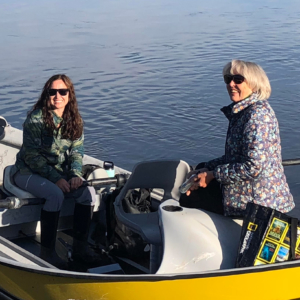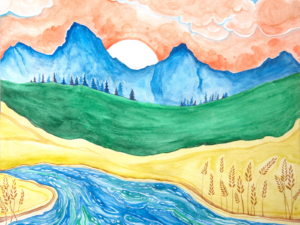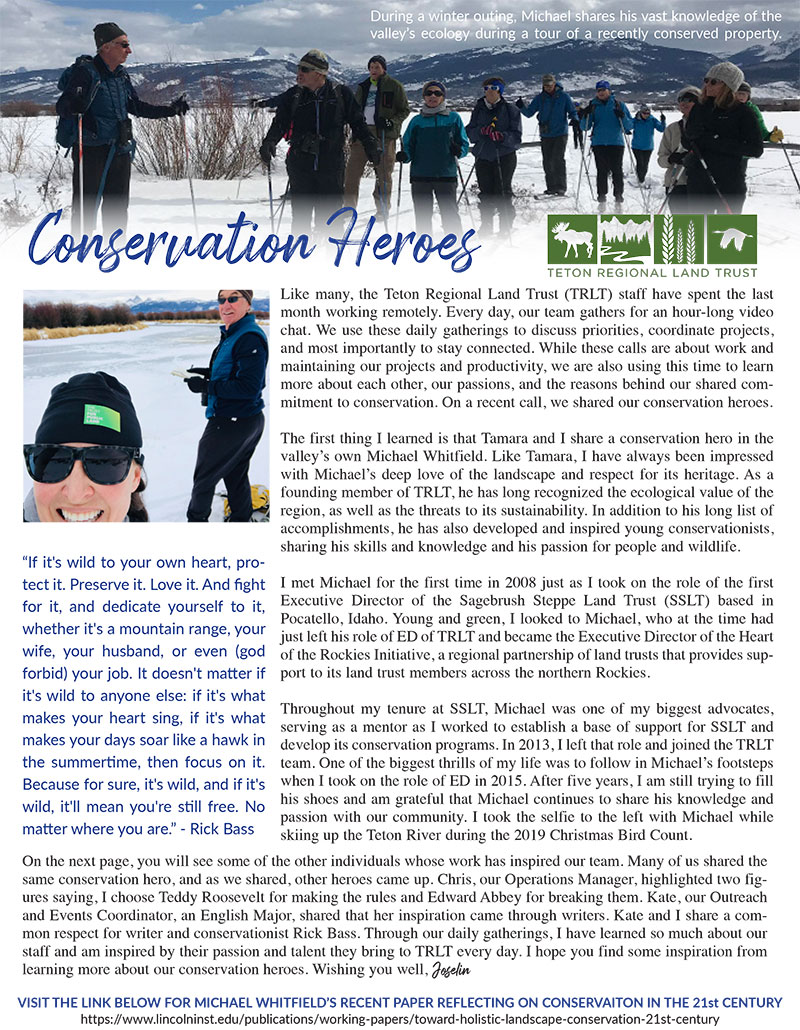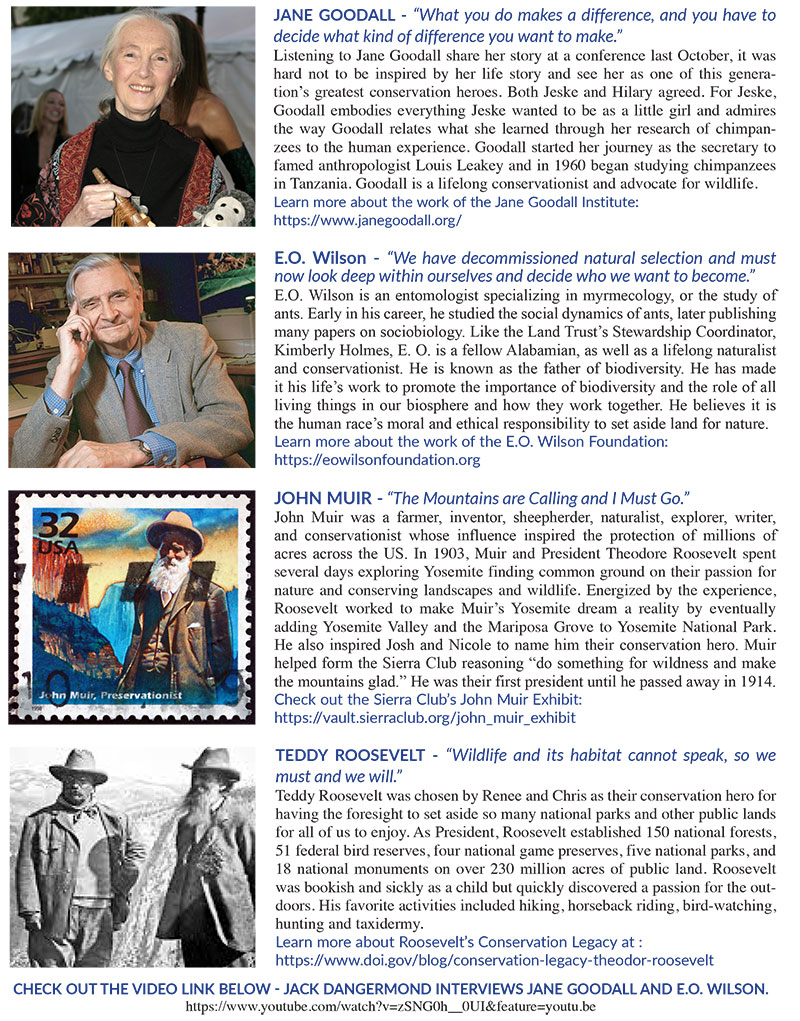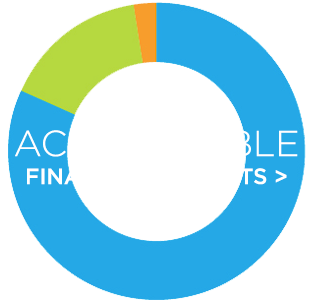2020 Tin Cup Challenge Op-Ed
One of my favorite things about living in Teton Valley is the Community Foundation of Teton Valley’s annual Tin Cup Challenge. The generosity of our community, the endless hours of volunteering, and the opportunity to learn about the incredible accomplishments of our valley’s nonprofits are energizing and inspiring. In fact, just the act of giving is good for our health. A Cleveland Clinic study found that the health benefits associated with giving include lower blood pressure, increased self-esteem, less depression, lower stress levels, a longer life, and greater happiness. Not only that, it is fun to help out!
It is remarkable that one in four households in Teton Valley give during Tin Cup and I am happy to be one of them. I take great pride in having been a Tin Cup Challenger for the past few years and appreciate the opportunity to positively impact all our community nonprofits. I also appreciate that I can give directly to individual organizations and support their unique missions. We are truly being tested through this unprecedented time and our community continues to show up for those that need a helping hand. I admire the swift and dedicated action many of our valley’s nonprofits have taken to continue to help our community members in need during the COVID crisis. Tin Cup is a true testament to the generosity of our community, and for those that are able to give during this challenging time, your gift is more important than ever.
I also believe that this time has shown us how much nature gives. From nourishing us with food and providing us with clean air and water, to keeping us physically and mentally healthy by providing opportunities to exercise and recharge when going out for a day in the woods or on the river, nature is critical to our well-being. By supporting organizations like the Land Trust, you can give back to nature, ensuring nature’s health, and thus our own health is safeguarded.
This summer, the Teton Regional Land Trust is celebrating its 30 Year Anniversary. I am so grateful for the dedicated community members that are compelled to give back to nature and founded the Land Trust to serve our community three decades ago! The impact of their vision is evident in the protection of over 11,000 acres of habitat, working farms and ranches, and open space in Teton Valley. Floating the river with iconic unobstructed views is in large part due to the work of the Land Trust in partnership with landowners, other non-profits, foundations, federal agencies, and YOU. As we look to the next 30 years, I hope you will give back to the land that sustains us through a Tin Cup gift to the Teton Regional Land Trust so that in another 30 years, the community looks back to us and are thankful for our efforts to give nature a chance to thrive. The 11,000 acres of conserved land in Teton Valley are protected into perpetuity and any acres added to that in the next 30 years and beyond will be too. Leave your own legacy not only today but also for future generations by supporting what makes our valley and our community such a unique place to live.
Joselin Matkins, Executive Director of Teton Regional Land Trust
Photo: Joselin with her Mom, Carol Matkins, on a Mother’s Day float on the Teton River.
